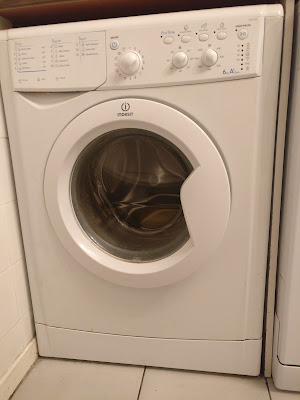This blog may help people explore some of the 'hidden' issues involved in certain media treatments of environmental and scientific issues. Using personal digital images, it's also intended to emphasise seasonal (and other) changes in natural history of the Swansea (South Wales) area. The material should help participants in field-based modules and people generally interested in the natural world. The views are wholly those of the author.
Wednesday, 12 January 2022
Tumbling Dicey?
Microplastic fibres damage both human health and the environment. Although material shed from tyres and brake-linings of vehicles, must give them a 'run for their money', a Hong Kong scientist claims that tumble driers are currently the major source of microplastic fibres (https://www.theguardian.com/environment/2022/jan/12/tumble-dryers-leading-source-microfibre-air-pollution-hong-kong-plastics). The scientist estimates that a single tumble drier, filled with polyester clothing, can jettison into the air 120m microplastic fibres each year. Filters can be designed to capture these fibres. It would, perhaps, be better to change the nature of clothing fabrics. Cotton fibres are less damaging to the environment than counterparts from polyester.
Subscribe to:
Post Comments (Atom)
-
I n the UK and US, a pparently popular and successful vegan/vegetarian restaurants are reportedly closing or adding meat to their menus ( ...
-
Early ripening fruit may seem convenient but some folk think it confirms environmental stress. There's also a possibility th...


%20mating%20NWCW.jpg)


No comments:
Post a Comment